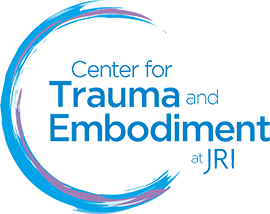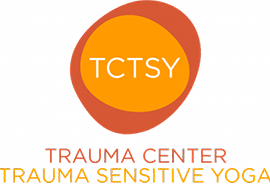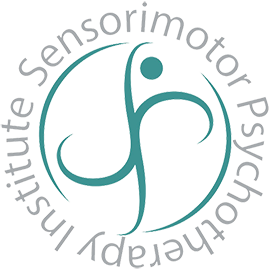Phased Approach
When faced with perceived or imagined danger the brain automatically turns on an adrenaline stress system – our thinking brain shuts down and we go into survival mode. Sometimes we can put this experience behind us. Other times, if the experiences have been repetitive, we can be left with intense symptoms that tell our story without words and without the understanding that we are remembering events and feelings from long ago.
The activation of survival responses can also become a habit, for example withdrawing or hiding may have originally been adaptive but later in life it may contribute to excessive isolation and sadness.
My approach to my work is profoundly informed by trauma theory, attachment theory and their underpinning neuroscience research. Mine is a phased approach to working with trauma which follows the 3 stages of recovery developed by Judith Herman – (1) Establishment of Safety, (2) Remembrance and Mourning, (3) Reconnection. It’s important to understand that recovery is not a simple linear process. It can be complex, with people moving through these stages at a different pace and often revisiting stages.
I have completed intensive trainings in evidence-based therapeutic modalities which are proven effective in addressing Complex Trauma, attachment trauma and PTSD.









